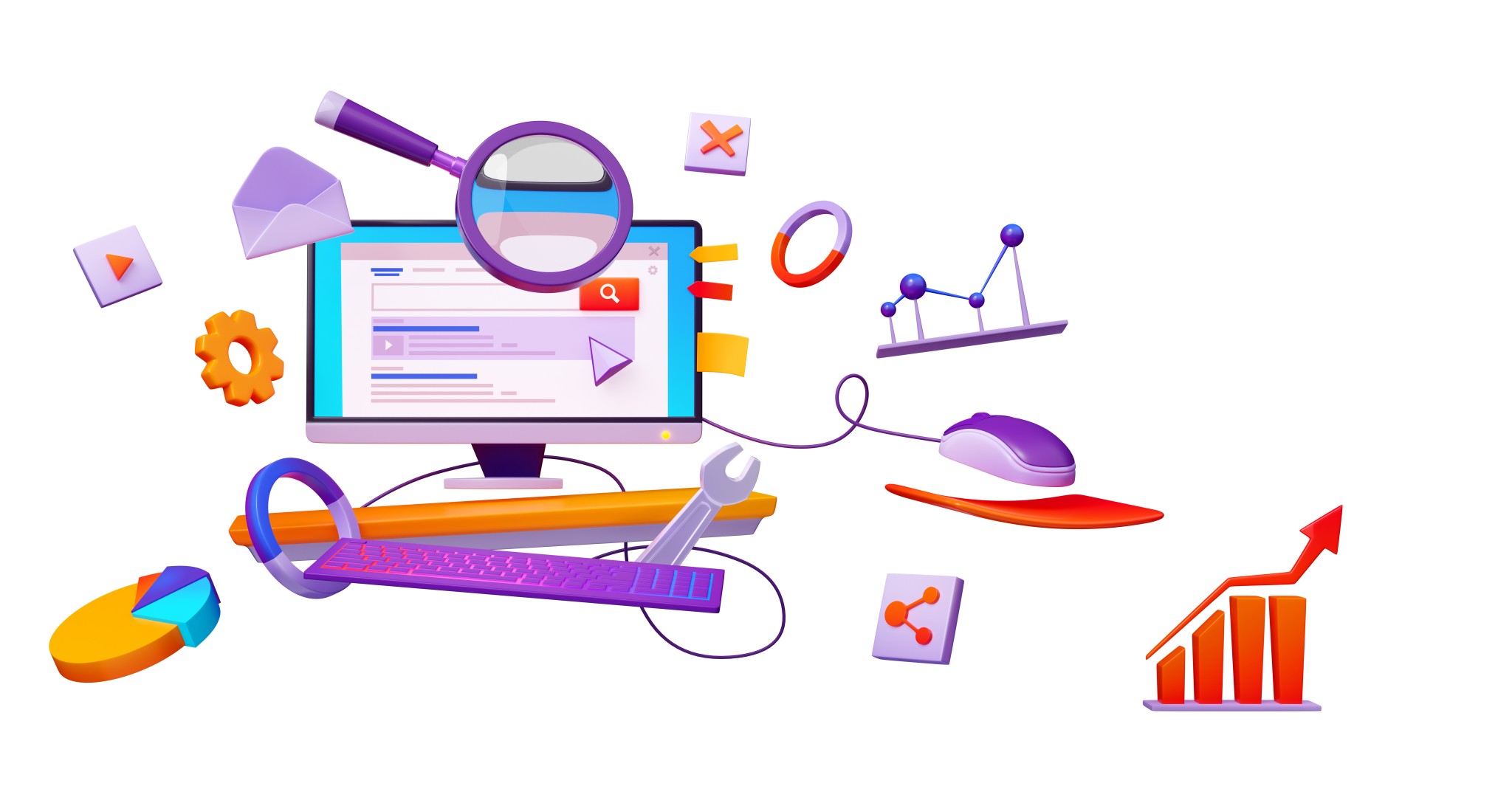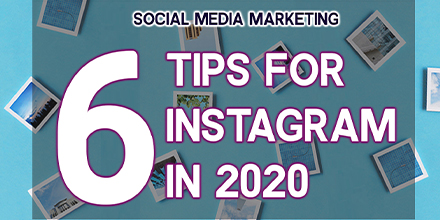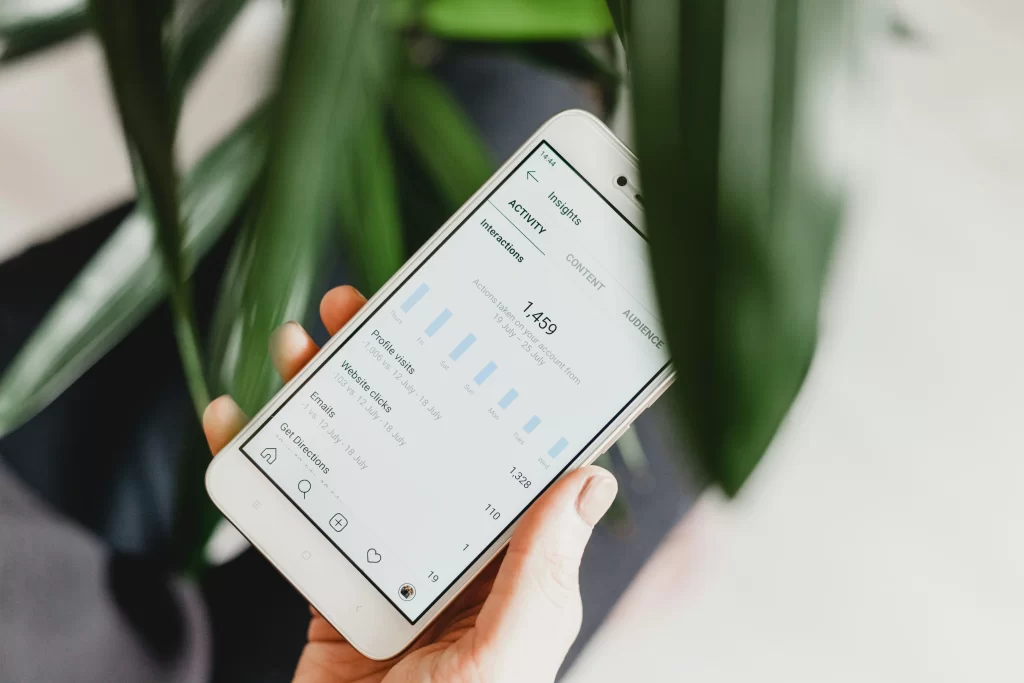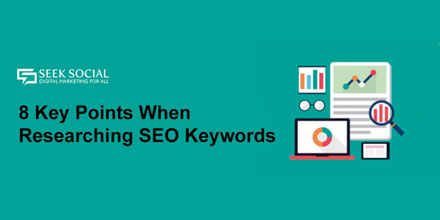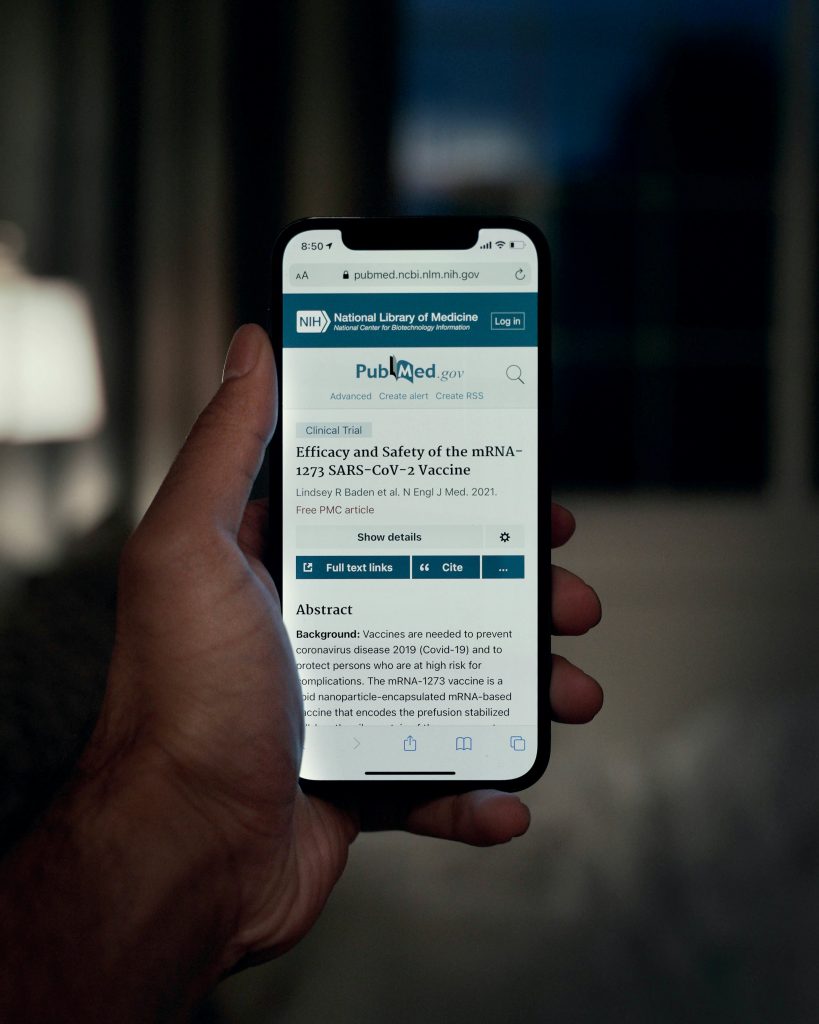That’s right folks, the graphic design experts at Seek Marketing Partners are back to help you raise your game once again. We’ve covered the design trends for 2021, we’ve covered why good graphic design is important for your business, and today we’re back with five graphic design hacks that you can use to take your design work to the next level.
As might be expected of any good hack, the five that our graphic design experts have for you today are either quick to implement or oft-overlooked details that can make a big positive difference to your next graphic design project. We can’t wait to get into these and we’re sure you can’t either – so without further ado, let’s move on to the graphic design tips!

Hack 1: Finding & Making Space For Copy
Graphic design principles often involve pairing images with text, and when they do, it’s important that neither look forced into place – everything should look like it belongs where it is. Our graphic design experts even take this into account when sourcing stock photos for a website or a piece of marketing material – they look at the photos and often find themselves subconsciously asking questions like ‘If I had to put text over this, where would it go, and what type of font would I use?’ Our advice, therefore, is that you should be doing the same.
Of course, our graphic design experts know that there are no guarantees regarding what you can do here because your client might have existing branding guidelines that you need to adhere to – such as specific fonts or colours that you need to use. However, even if you don’t have completely free reign over a design, don’t despair – you still have some wiggle room, some things that you will be able to change to make a design work.
Don’t be afraid to crop, resize, or reposition an image if you need to in order to create space for text, as getting the text vs. image proportions and positioning right or wrong really can make or break a design. Likewise, if colour is the problem, you might want to change the saturation, contrast or exposure of the image, or add a translucent mask layer over the top of it to make your text more legible. Our digital marketing agency provides plenty of graphic design tips like these up their sleeves, and we’re not afraid to use them because we know how powerful they can be!
Hack 2: Create a Hierarchy & Choose Fonts Wisely
The next graphic design best practices from the graphic design services at Seek Marketing Partners goes hand in hand with the last, and deals with how you size and display your text for your business. The brain is always looking for a visual hierarchy so it can prioritize and determine the order in which your eyes need to look at the various elements of your design. If you want to make something in your design a higher priority, make it bigger, brighter, or place it towards the top of your canvas. If you want to lower the priority of an element, make it smaller, move it downwards or make it blend into the background more.
This can be done with individual pieces of text too – just like in a newspaper (Remember those? – Ed.). First, you see the headline, then you see the subheadings, and when you see the individual words of the body text. Don’t forget however that with text people need to be able to make sense of it too – a specific font might be on-brand and appropriate to your project, but it needs to be legible – otherwise, your high-priority element just becomes a squiggle and doesn’t convey its all-important message.
In saying that, our graphic design experts aren’t insinuating that certain fonts – we’re looking at you, cursives – should be avoided, just… ‘used with care’. You should always conduct a legibility test anytime there’s a possibility that a font might not be clearly distinguishable, and don’t forget that these problems only get worse as font size decreases too – so 8pt cursive on a movie poster is not a good idea.

Hack 3: Use Grids
One of the graphic design hacks is to use grids wisely. Grids can be an incredibly useful tool both for print media and websites. Grids can either split a larger image into smaller sections while keeping the big picture intact or collect a series of smaller images together as a group. In both cases, a grid effectively conveys the notion of smaller elements making up a larger whole, and it does it in a quick, clean way that uses space efficiently.
So, any time where you want to get that message across – such as a range of different flavours or colours for a single product, the individual people within a department that come together to form your team, the individual services that together make up your business service offering, and plenty more potential uses besides – our team of graphic design experts would see anything like that as a prime opportunity to employ a grid, and bring all of the plus-points that we talked about above to your work.
There are other advantages to grids too, depending on the nature of the project you’re working on. For example, if you’re working on something that has that 80’s retro-tech, Tron or cyber-punk look, for example, overlaying a grid pattern onto a larger image – for no other reason than to be part of the image itself – could fit that aesthetic really well… Though Seek Marketing Partners’ graphic design experts would advise caution here – you need to make sure that the grid does complement the image rather than breaking it up.
A more practical example occurs in web design. The various sections of your grid are a great place to add animation and other stylistic elements that come into effect when a user positions their mouse cursor over a given section. These elements make it easy for the user to understand what part of your grid is currently selected (and where they will be taken should they click it as a result), while also adding a touch of pop and pizazz to your site.
Hack 4: Use Icons, Shapes & Transparency
Earlier on our graphic design experts talked about how the human brain works, and we’re going to expand on that here. You see, the brain makes sense of images (and ‘what it sees’ in general) before it makes sense of the text. With that being the case, visual elements such as icons and symbols are great to use on both promotional materials and websites. Even if the user or reader never realises it, icons and symbols can help them make sense of what they see without needing to read, and therefore make sense of it quicker. The use of symbols and iconography also makes your website more accessible to audiences that cannot read (or cannot see) your text.
Transparency has greater priority when it comes to graphic design hacks. The use of transparency gives rise to a professional ‘layered’ look, where users can still see a site’s background layer behind elements like text and icons. Taking this to the next level, our graphic design experts know that we can make these layers scroll and move independently and at different rates too, adding yet another layer of depth and complexity to your design for a relatively small investment of time and effort.

Hack 5: Be Consistent
Yes, we’ve talked about this one before – but our graphic design experts really believe that this graphic design technique is so important it’s worth mentioning again. If you want to succeed in marketing, you need to build up a brand image, and to do that you need to have certain elements carry through all of your designs. Without these, there are no visual cues or marks for a customer’s eyes to latch on to, recognise, and instinctively associate with your business.
For instance, when you see that familiar apple with a bite taken out of it, you don’t need to see the words ‘Apple Technologies, Inc.’ to know that you’re looking at something from Steve Jobs’ company. When you see a black horse on a yellow shield, on a red car, you don’t need to see the word ‘Ferrari’ to know who made the car. That intuitive knowledge has arisen because of consistency in branding. Both logos have been used for decades, and our brains have learned to associate those logos with their respective brands, even when they stand alone.
If you want something similar one day then it can indeed be done, but as our graphic design experts know, it all starts with picking ‘something’… a logo, a font, a colour (or colours) – and sticking with it, incorporating it into each of your designs until your audience spot it and associate it instinctively with your brand. By becoming a graphic designer, you ensure that your creation has a meaningful impact in the long run.
Bonus Graphic Design Hacks: Let the graphic design experts at Seek Marketing Partners handle it!
If you make use of the 5 principles of graphic design we’ve talked about above then you should definitely see the overall quality of your graphic design work improve. However, if you’re just not seeing the results you want, or you want some help with a project from a team with experience, you should definitely get in touch with the graphic design experts at Seek Marketing Partners. Our contact us page has all the details you need to reach us in the office, and don’t forget to check out Instagram and Google My Business to see some great examples of our work!
